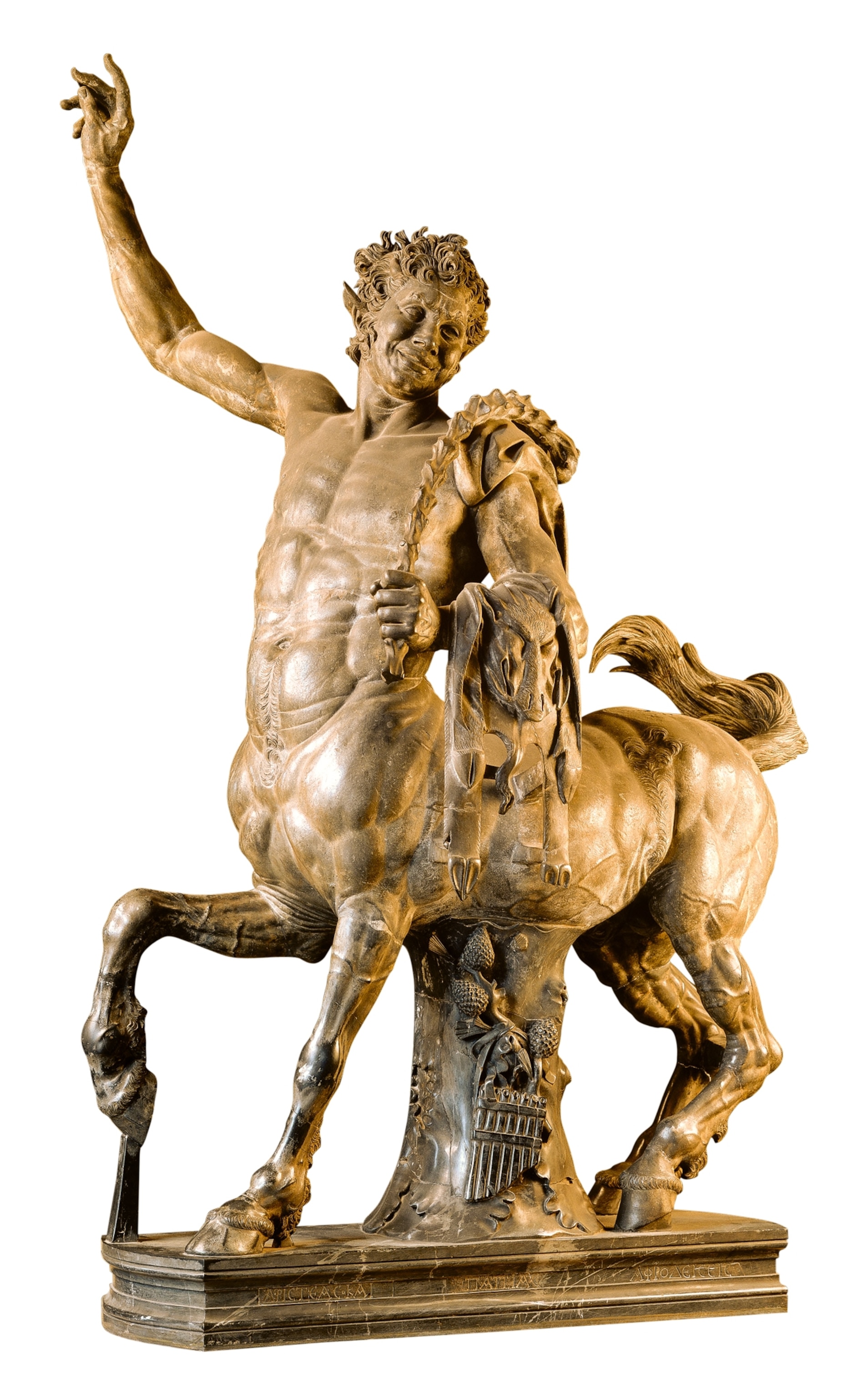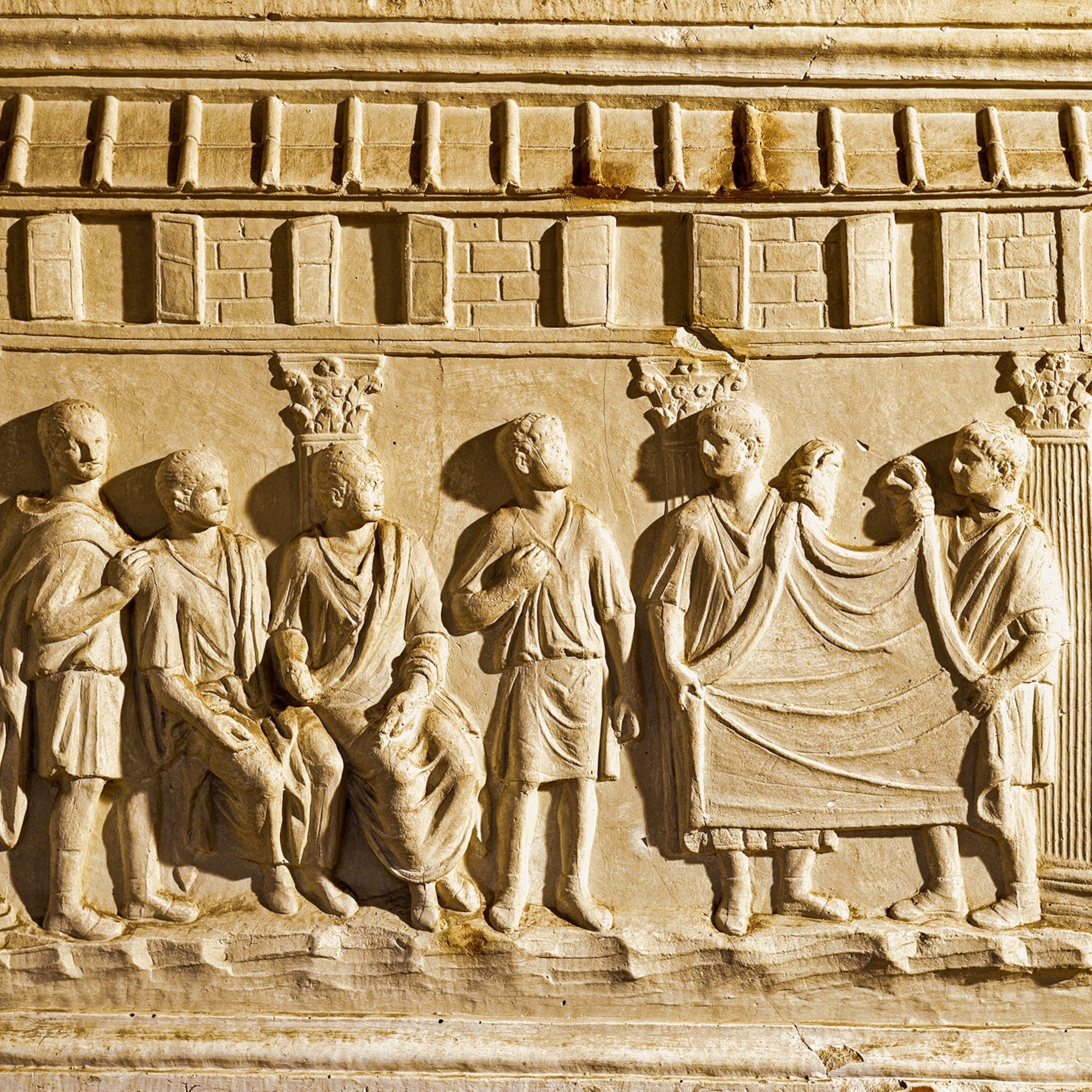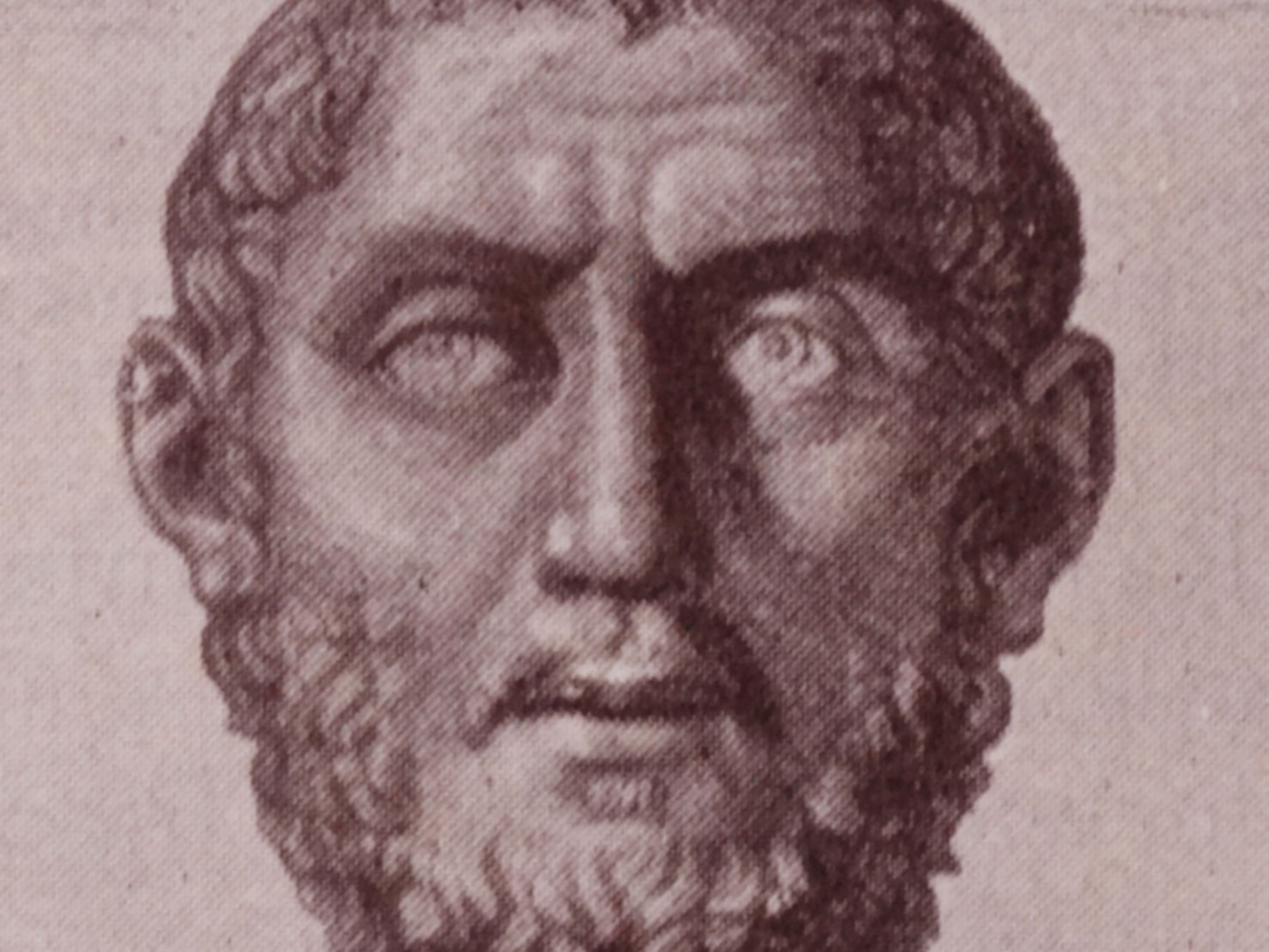
Emperor Hadrian Brings the World to Rome
When designing his magnificent residence at Tivoli, Emperor Hadrian drew on his travels to bring the empire home with him. Combining Eastern and Greek elements, his villa showcased the Roman Empire at the peak of its power.
The emperor Hadrian was well known for building monuments across the Roman Empire, a territory that had reached its widest extent when his reign began in A.D. 117. Hadrian’s Wall in Britain “and a host of other monuments, attest to his taste, activity, and power,” French romantic writer Chateaubriand noted in 1803 on a visit to the emperor’s villa at Tivoli near Rome. Hadrian’s Villa’s size, opulence, and design touches from the far-flung corners of the empire are “entirely becoming for a man who once possessed the world.”
Although more carefully preserved since Chateaubriand wandered through its crumbling ruins (it’s been a UNESCO World Heritage site since 1999), Hadrian’s Villa astounds visitors with its sheer size. Starting around A.D. 125, he oversaw the creation of 31 structures and extensive gardens, spread across a terrain of some seven square miles.
Behind the Beard

The third of the five “Good Emperors,” Hadrian’s reign (117-138) came at the zenith of Roman power. The first Roman emperor to wear a full beard, Hadrian’s association of facial hair with majesty set a fashion trend that has influenced the look of kingship ever since.
An Exploring Emperor
Constructing elaborate rural houses away from the heat and bustle of Rome was nothing new among members of the imperial aristocracy. Their villas were designed for the all-important Roman activity of otium—leisure—encompassing eating and reading, as well as that quality preserved in modern Italian as la dolce far niente: the sweetness of doing nothing.
Hadrian’s Villa at Tivoli, known during the imperial period by the Latin name Tibur, would not fill the standard role of the villa as a mere vacation home. The indefatigable Hadrian envisioned it as a place to unite business and pleasure, contemplating the beautiful hilly landscape while buckling down to the work of empire. Most important of all, he wanted to surround himself with reminders of his astonishing travels through Spain, Egypt, the eastern provinces of the empire, and—of particular interest to this most Hellenist of emperors—Greece. He was, in the words of the scholar Tertullian, omnium curiositatum explorator, “an explorer of everything interesting,” and his villa in Tivoli reflected his restless curiosity in the vast territories under his rule.
The World at Home
The relocation of Hadrian’s permanent palace to Tibur, about 20 miles northeast of Rome, had a clear rationale behind it. Various members of the emperor’s inner circle had already built villas there. Good logistical reasons also recommended the site: The four main aqueducts that provided Rome with water passed through the town, guaranteeing the new villa’s water supply, and nearby quarries provided the main building materials.
In and around its gardens, and lakes adorned with fountains and nymphs, the complex is brimming with breathtaking structures: porticoes, theaters, thermal baths, banqueting rooms, a library, and even an artificial island, all decorated with exquisite mosaics, busts, and sculptures of gods and heroes modeled on the best examples of Greek statuary.
The entry on Hadrian in the Augustan History, a fourth-century series of imperial biographies, describes a ruler fascinated by the philosophy and architecture of the empire’s eastern provinces. The whole villa reflected the ideas and sensibilities of a highly cultured ruler. Among its many astonishing features is the elaborate portico known as the Canopus, where nighttime banquets were held. Its roof was supported by Corinthian columns, and caryatids, sculpted female figures like those of the Erechtheion on the Acropolis of Athens.
Named for the ancient city near Alexandria in Egypt, the Canopus’s 390-foot-long pool is believed to represent the Nile, a river with bittersweet associations for the emperor, as this was where his lover, Antinous, had drowned during Hadrian’s tour of Egypt in 130. The city of Canopus was home to a temple of the Greco-Egyptian god Serapis, of personal importance to Hadrian, who constructed his own Serapeum at the head of the pool.
The Villa lacked for nothing: It even included an exercise area, known as the Pecile, where the athletic emperor could carry out the Roman equivalent of the daily workout. It was equipped with a 330-foot-long rectangular pool. The court doctors had advised the emperor that he should walk two miles every day after lunch, which he could achieve by completing six circuits of the portico surrounding the pool. After exercising, Hadrian retired to his private baths, the Heliocaminus. The oldest bath complex in the villa, it was equipped with a large sauna as well as the usual frigidarium, tepidarium, and caldarium (cold, warm, and hot rooms).
The vast residential complex was almost always teeming with people: members of the court, guests, and, of course, an army of servants. The servants’ lodgings, and the way they moved around the complex, were ingeniously designed so that the villa’s residents barely noticed they were there. Staff lived in hidden rooms, and moved around the site through a series of service tunnels, in order to distribute food or access the ovens that heated the hypocausts for the baths.
A Lasting Inspiration

Later emperors made use of the villa as a kind of Roman “Camp David,” but the decline of the empire left it vulnerable to looters. The complex was sacked by the Ostrogoth King Totila in A.D. 544, its massive monuments abandoned and later purloined for their stones.
Thanks to its sheer size, however, many treasures passed unnoticed at the site for centuries. Pope Alexander VI found artworks there in the late 1400s, objects that inspired the great artists of the Renaissance and Baroque periods. It was not until 1736 that the marble sculptures known as the Furietti Centaurs were discovered. As Roman replicas of a Greek original, they symbolize the fusion of Hellenist and Latin cultures that became the guiding spirit in the building of Hadrian’s perfect palace.








